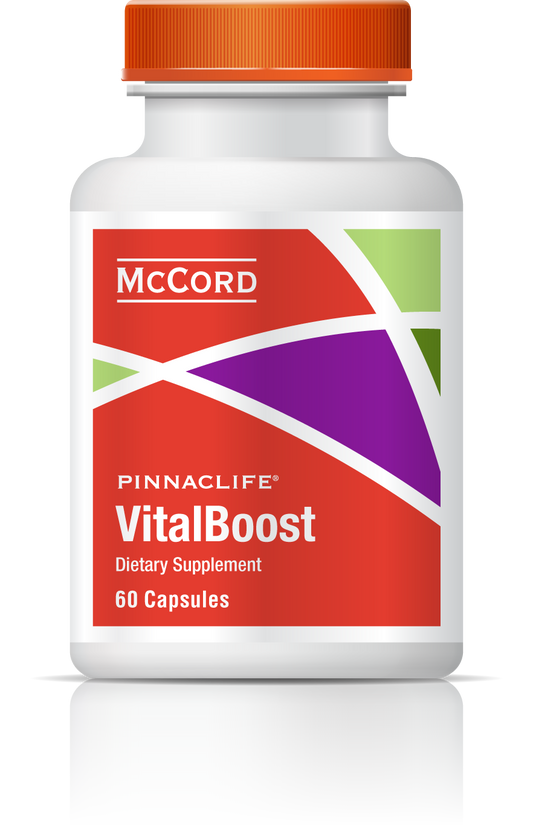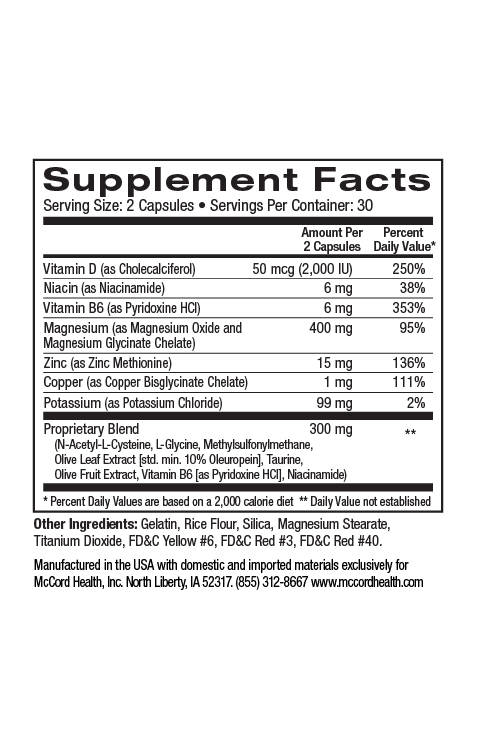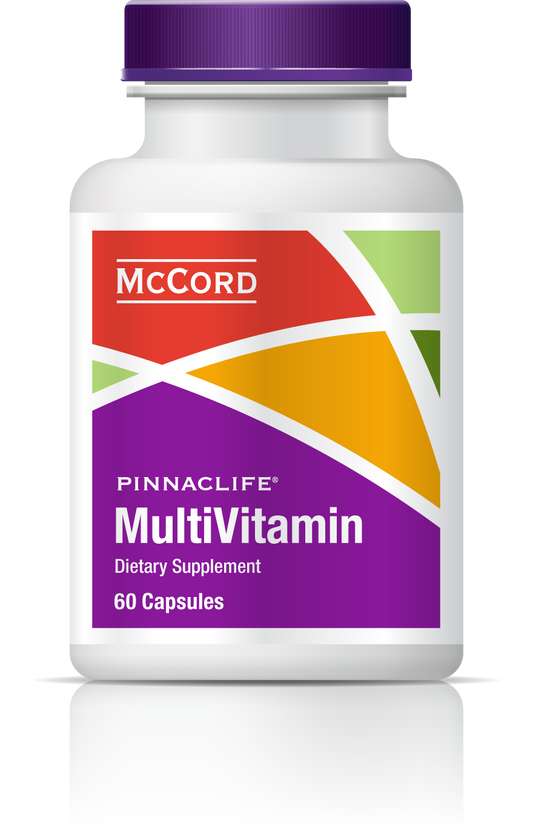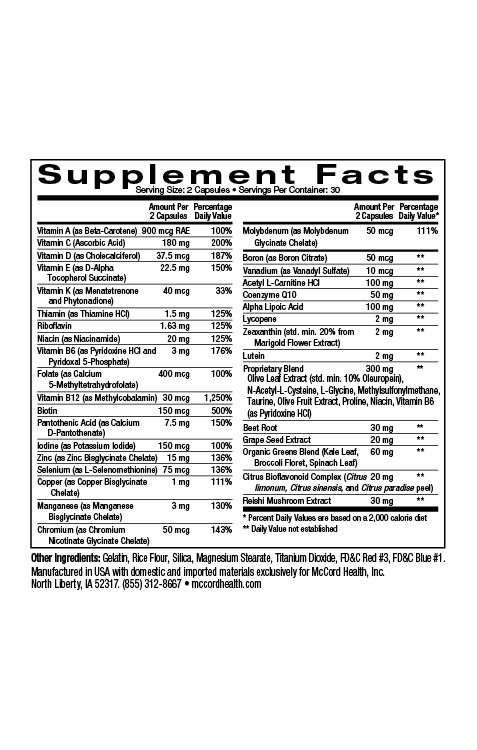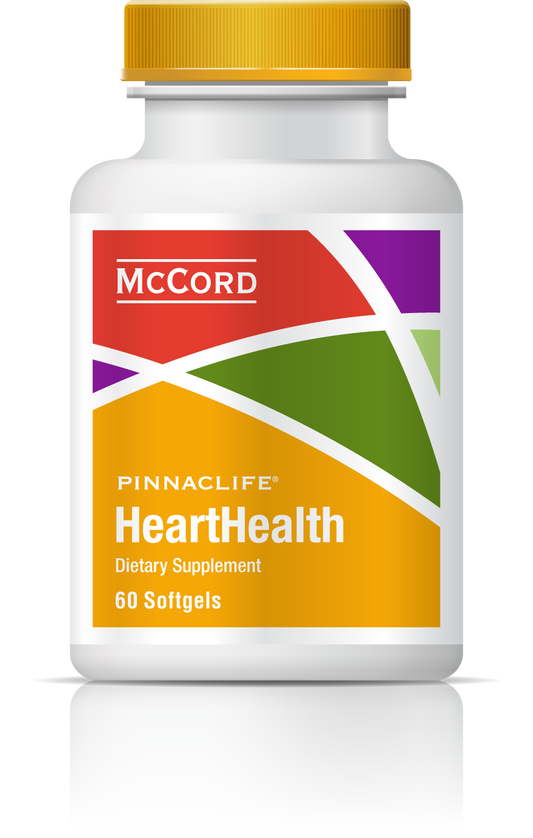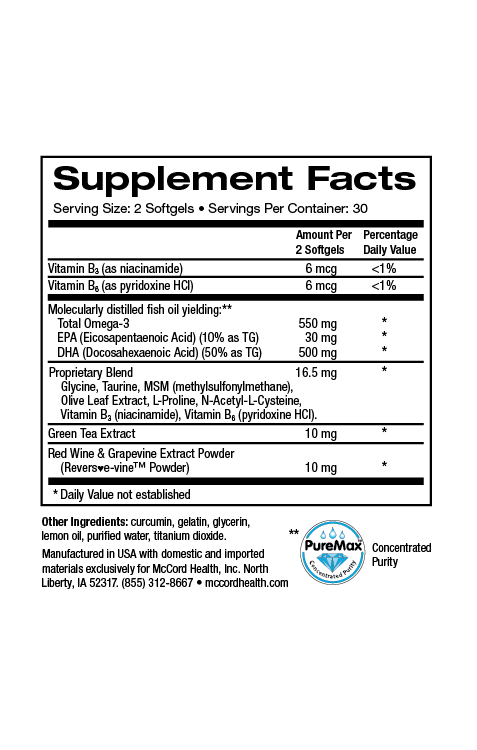It’s easy to forget how important it is to sweat in order to cool your body off when it’s really hot outside. During intense physical exercise, you may not even notice when you’re not sweating properly. This could lead to problems that could rapidly become serious including severe heat rash or worse, heat illnesses like heat exhaustion or heat stroke.
Heat rash or miliaria (not to be confused with malaria) occurs when sweat ducts become clogged. Heat rash results from heat accumulation in the skin due to high temperatures and humidity, intense exercise, fevers, certain medications or certain medical conditions. Heat rash typically occurs in sites of excessive sweating, or where clothing prevents sweat evaporation or creates friction on the skin.
There are three types of heat rash:
- Miliaria crystalline
- Miliaria rubra (also called “prickly heat”)
- Miliaria profunda (also called “wildfire”)
The mildest form, miliaria crystalline occurs when sweat is trapped in the upper layers of the epidermis creating blister-like bumps similar to beads of perspiration. This form of heat rash is not painful or itchy and normally goes away on its own. Interestingly, it has been proposed that miliaria that occurs without obvious symptoms, could actually be the start of atopic dermatitis in some cases.
The most common form of heat rash is miliaria rubra (prickly heat), which occurs due to sweat leaking into deeper epidermis layers. It typically occurs in areas of skin folds and where skin is covered with clothing such as the neck, waste and groin. It manifests as red bumps with an itchy or prickly feeling in the rash area (giving it the name prickly heat). Miliaria rubra is associated with inflammation of the skin. If the skin also becomes infected with bacteria, it is referred to as Miliaria pustulosa.
Viniferamine® skincare products contain many ingredients that have potent anti-inflammatory activities including the beneficial polyphenols oleuropein, resveratrol, and epigallocatechin-3-gallate (EGCG) from olives, grapes, and green tea, respectively, as well as the important small molecules, melatonin, and L-glutathione. In addition, dipotassium glycyrrhizinate has also been shown to possess anti-inflammatory activities.
The most severe form, miliaria profunda (“wildfire), occurs when sweat leaks into the dermis, resulting in an intense prickly or burning sensation and hard, flesh-colored bumps that resemble goose bumps. This form of heat rash generally occurs as a complication of repeated episodes of miliaria rubra, leading to a much larger risk of heat illnesses.
It isn’t clear what causes the blockage of sweat ducts resulting in heat rash but it seems to be associated with the swelling of skin cells (corneocytes), a slimy product of normal skin bacteria called extracellular polysaccharide substance (EPS), and dead cells causing obstruction (including bacteria). Continuous exposure to warm humid environments can lead to an increased risk of developing this type of rash. Medications including stimulants can also increase heat production and the risk of developing heat rash. In addition, other medications including blood pressure medications and diuretics can elevate the risk of developing heat rash since they decrease the ability of the body to control water retention. Moreover, heavy, oily creams and ointments as well as some powders can block pores and initiate a cascade of events leading to heat rash.
Viniferamine® skincare products are not heavy or oily. Viniferamine® Silicone Barrier provides a “breathable”, non-occlusive barrier to protect skin from irritants and friction from clothing. Silicone Barrier contains a sophisticated silicone complex that normalizes the barrier function of skin. Silicone Barrier also includes ingredients that help protect skin from the risk of infection.
The common form of heat rash, prickly heat (miliaria rubra) should decrease within days and resolve within a week. Cleanse the area with a gentle and non-irritating cleanser such as Viniferamine® Clean N Moist or Antiseptic Cleanser. It’s important to stay out of the heat and use an anti-inflammatory, non-occlusive cream like Viniferamine® Silicone Barrier to relieve the symptoms of prickly heat as well as shorten the duration of the rash. Use Silicone Barrier to also provide a barrier against any friction caused by clothing that might be rubbing on your skin. If itching persists, Viniferamine® Hydrocortisone Cream 1% may also be used. If your rash includes pustules and appears infected, seek medical advice for further treatment.
Don’t ignore any rash that develops after exposure to heat and during intense exercise. If your body is not able to sweat properly and cool down, you can overheat very quickly, which can lead to heat exhaustion or heat stroke that can be fatal. Some signs of heat illnesses include dizziness, fainting, fatigue, muscle cramps, nausea and headache. Make sure you are drinking plenty of water and get out of the heat as soon as possible. Even mild heat rash is a sign that something is wrong. Bathing in cool water to reduce your skin temperature can be beneficial. Take care of your body and pay attention to your skin, it may be warning you to cool off.
It’s good to know that Viniferamine® skincare products include anti-inflammatory ingredients that can help soothe and reduce rashes. Viniferamine® skincare products are gentle on skin and non-irritating. Moreover, Viniferamine® Silicone Barrier can also provide a protective barrier to protect skin from irritants.
About the author: Nancy Ray, PhD is the Science Officer at McCord Research. Dr. Ray received her PhD in Biochemistry and Biophysics and was a postdoctoral fellow at NIH, Harvard University and Dana-Farber Cancer Institute, and the University of Iowa. She also earned bachelor of science degrees in Chemistry and Microbiology.
References
- Mayo Clinic Health Letter 2011; 29: 8.
- Int J Mol Sci 2014; 15: 18508-18524.
- Diab Vasc Dis Res 2014; 11: 92-102.
- Oxid Med Cell Longev 2012; ID 560682:1-8.
- J Pineal Res 2013; 55: 325-356.
- Int J Gen Med 2011; 4: 105-113.
- Evid Based Complement Altern Med 2012; ID 650514:1-9.
- Clin Exp Dermatol 2004; 29: 32-34.
- Occup Med 2000; 50: 430-433.
- JAMA Dermatol 2013; 149: 436-438.
- J Med Case Rep 2011; 5: 474-477.
- J Am Acad Dermatol 1995; 33: 729-733.
- Am J Sports Med 2007; 35: 1384-139.
Disclaimer: These statements have not been reviewed by the FDA. The decision to use these products should be discussed with a trusted healthcare provider. The authors and the publisher of this work have made every effort to use sources believed to be reliable to provide information that is accurate and compatible with the standards generally accepted at the time of publication. The authors and the publisher shall not be liable for any special, consequential, or exemplary damages resulting, in whole or in part, from the readers’ use of, or reliance on, the information contained in this article. The publisher has no responsibility for the persistence or accuracy of URLs for external or third party Internet websites referred to in this publication and does not guarantee that any content on such websites is, or will remain, accurate or appropriate.
